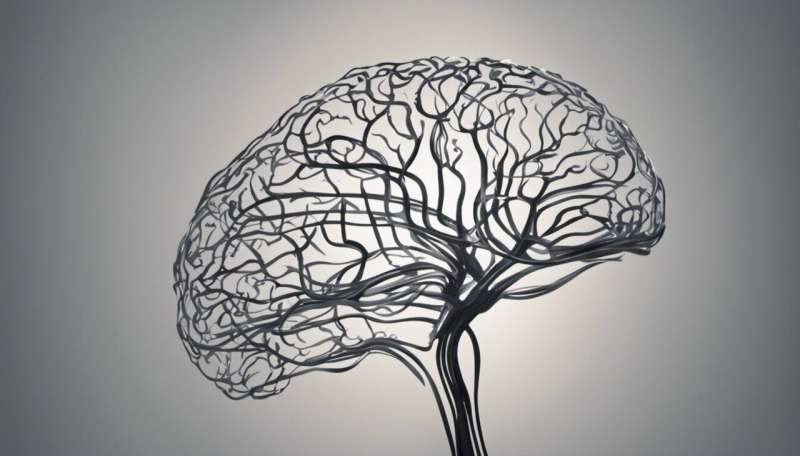Understanding how the brain's structure and functions generate consciousness

If we take a broad definition of consciousness as experience of ourselves and the outside world, it can be said to come and go. During dreamless sleep it seems absent, seemingly reappears during vivid dreaming, before more definitively reappearing on awakening. But how the brain transitions between these states is poorly understood.
Acknowledging that answers may lie within neuroscience, one of the objectives of the Human Brain Project (HBP) is to develop a complex model characterized by realistic connectivity, detailed neural dynamics and learning rules; one undertakes multiple cognitive tasks by integrating different cortical areas.
Replicating basic activity and cognitive tasks
The Network Models for Consciousness programme within the HBP set out to better understand the relationship between structure and function in the brain, to explain the emergence of the complex network dynamics which enable perception, prediction, goal directed behavior and other higher-end cognitive functions.
"How is it that the same anatomical structure, our brain's intricate network called the 'connectome,' can at times host the complexity of consciousness and at other times exist seemingly as dull matter? This is one of the greatest mysteries of biology, or even physics," project researcher, Prof. Marcello Massimini, says.
One of the challenges of building a realistic, data-driven, multi-tasking consciousness model is that of getting the right structural and functional modeling parameters to replicate the emergence of balanced, complex patterns of activity. "Existing models replicate either specific cognitive functions or global brain states, but can't cope with both. This balance between differentiation and unity is what makes the brain special with respect to consciousness," says Prof. Massimini.
The programme benefits from the unique range of HBP expertise to build a model using a common infrastructure assembled from several assets including: atlases, neuroinformatics, brain simulation, high-performance analytics and computing, medical informatics and neuromorphic computing.
This "backbone" collects, curates and integrates structural and functional data on a scale ranging from single neurons to the whole brain. Incorporating both high-level, large-scale models that replicate global brain dynamics (top-down) and detailed, biophysical models of realistic neuronal functioning (bottom-up) will be a key step.
Medical implications and beyond
The project's results, combined with others from the HBP, are forming a more coherent picture. For example, empirical research with rodents has identified a key neuronal mechanism for the conscious perception of sensory stimuli. This process, known as "apical dendritic amplification," was also detected in the visual system of humans and can be replicated in computer simulations as well as in neuromorphic chips to improve image recognition.
In parallel, these activities have elucidated the mechanisms by which recurrent, complex cortical interactions are disrupted upon falling asleep, whereby neurons cannot keep track of the inputs they receive.
"Thanks to our common infrastructure, two lines of research may soon incorporate a unifying mechanism, accounting for both sensory perception of specific content and global brain state transitions," says Prof. Massimini.
This work has significant medical implications for assessing patient consciousness and treating disorders, contributing to bedside observation during loss and recovery of consciousness in sleep, anesthesia, coma and related states. Currently, there is a lack of clear brain-based behavioral guidelines; crucial in intensive care medicine.
The results are also of relevance for brain-machine interfaces such as those for sensory function restoration, as well as for future AI architectures.





















